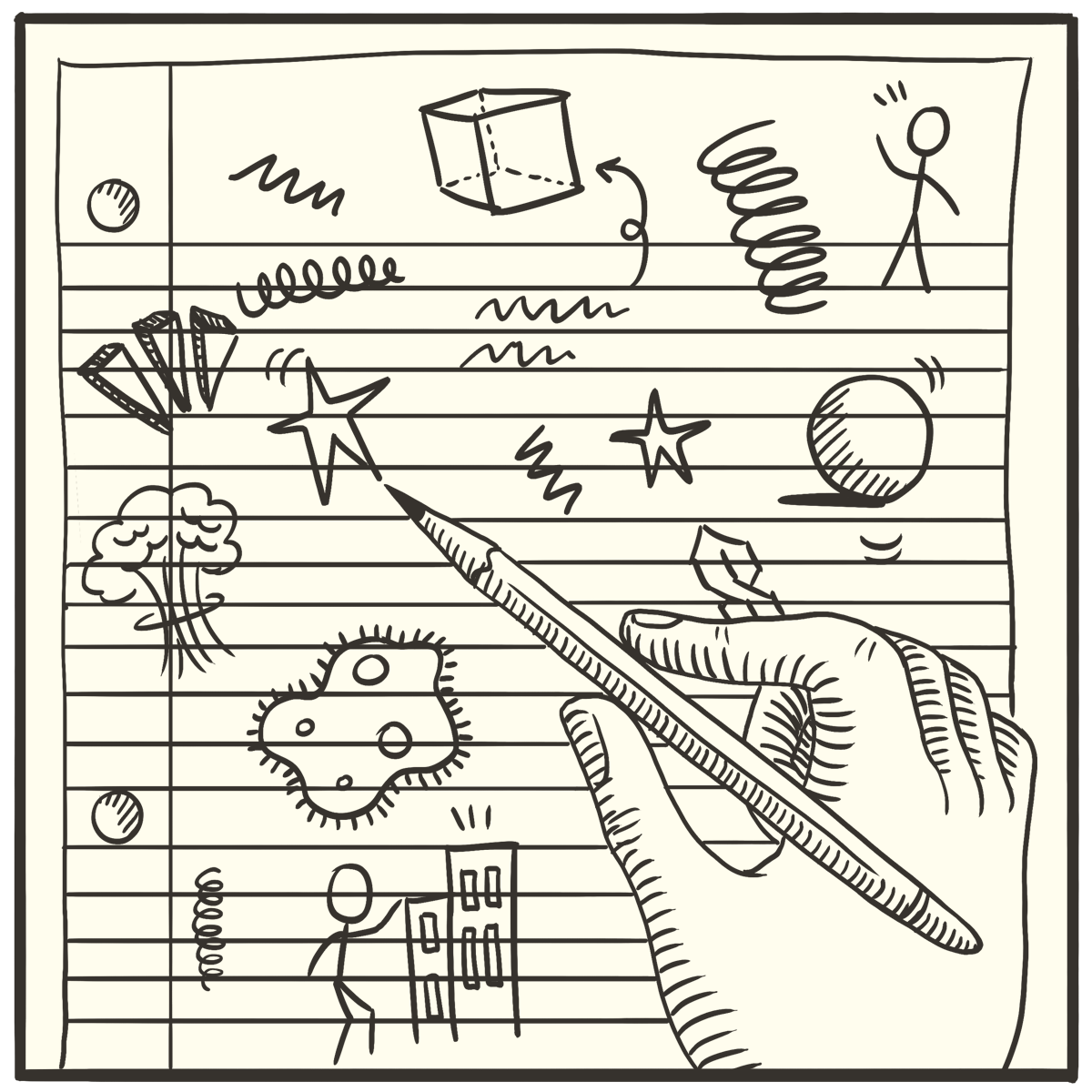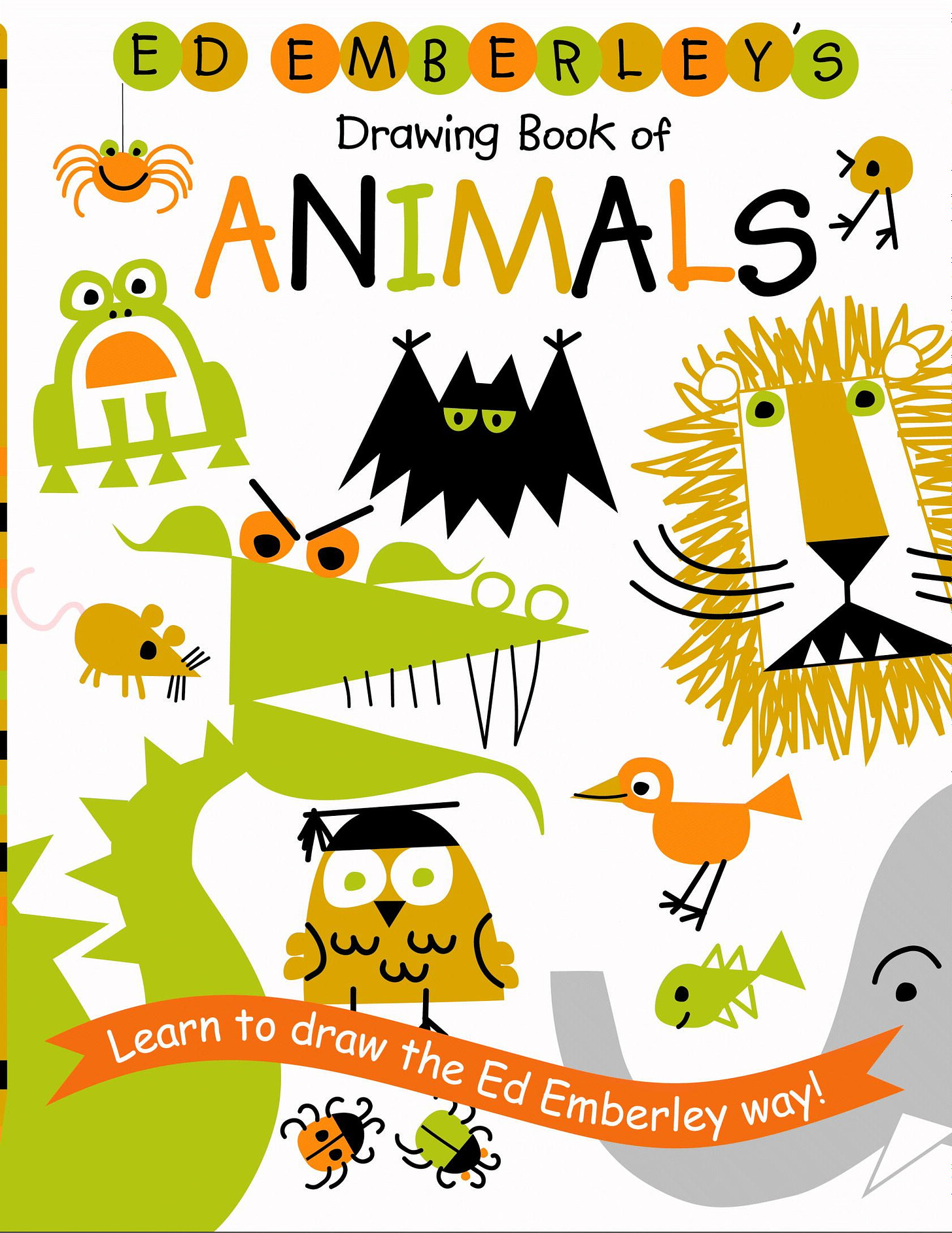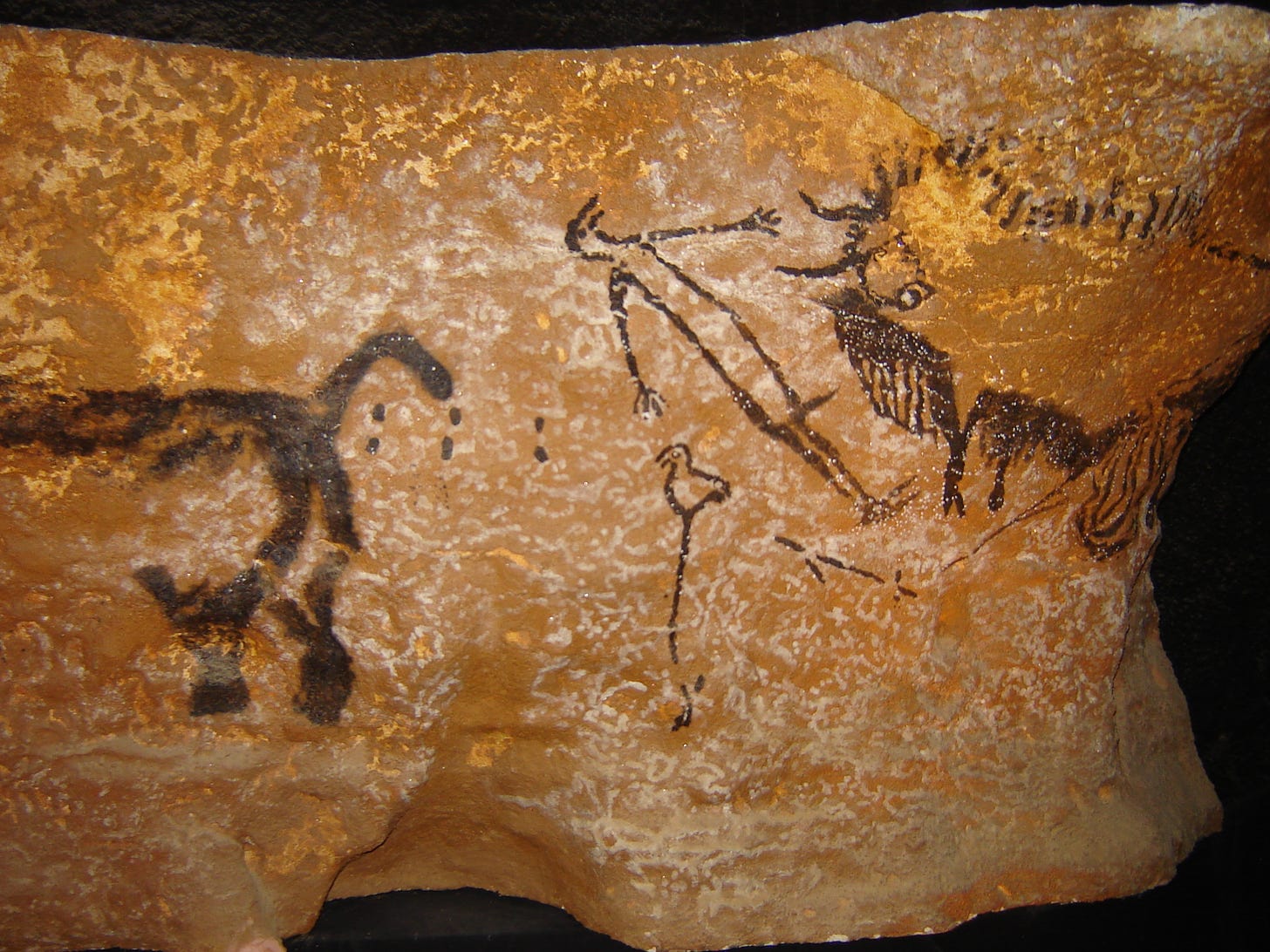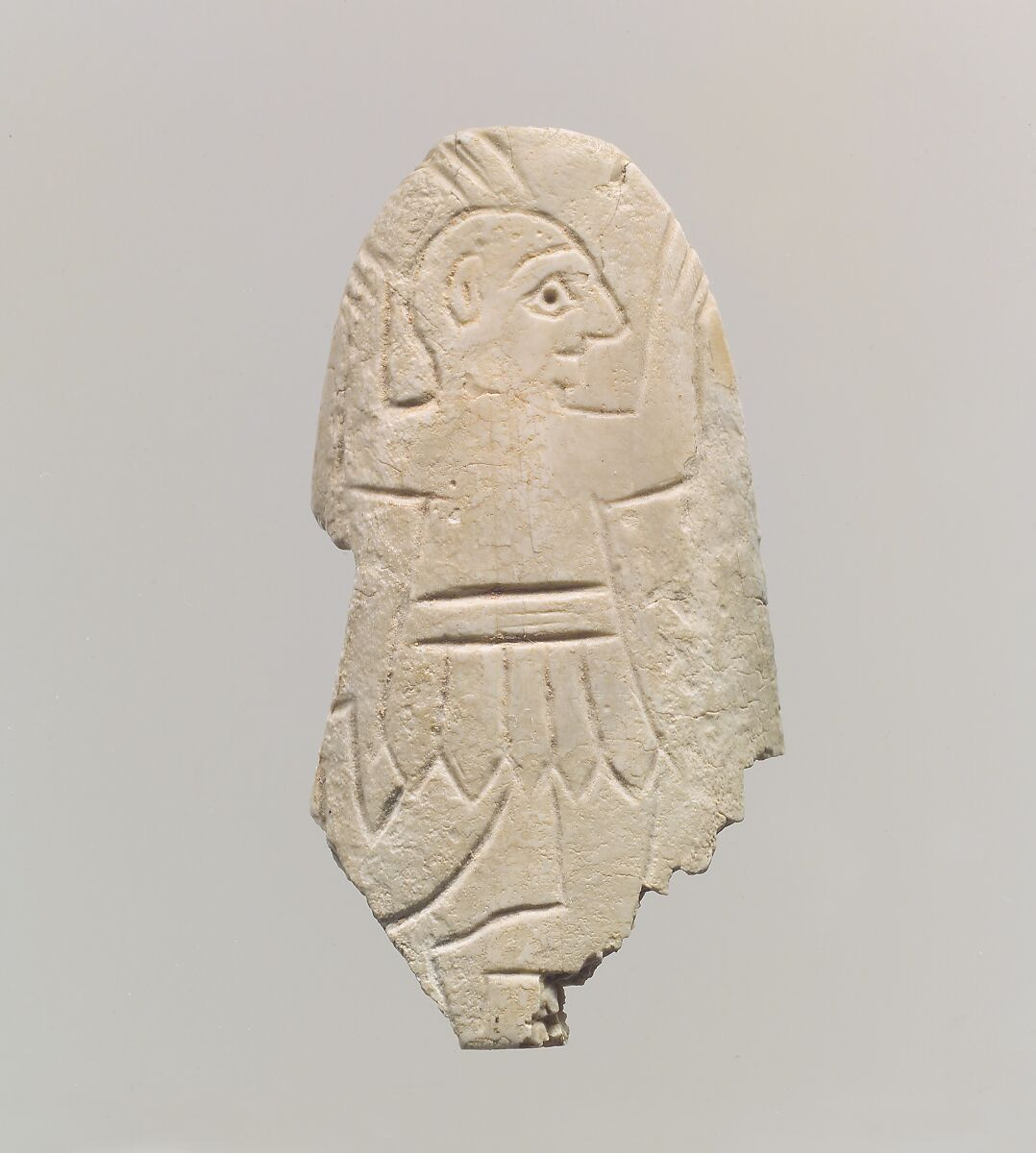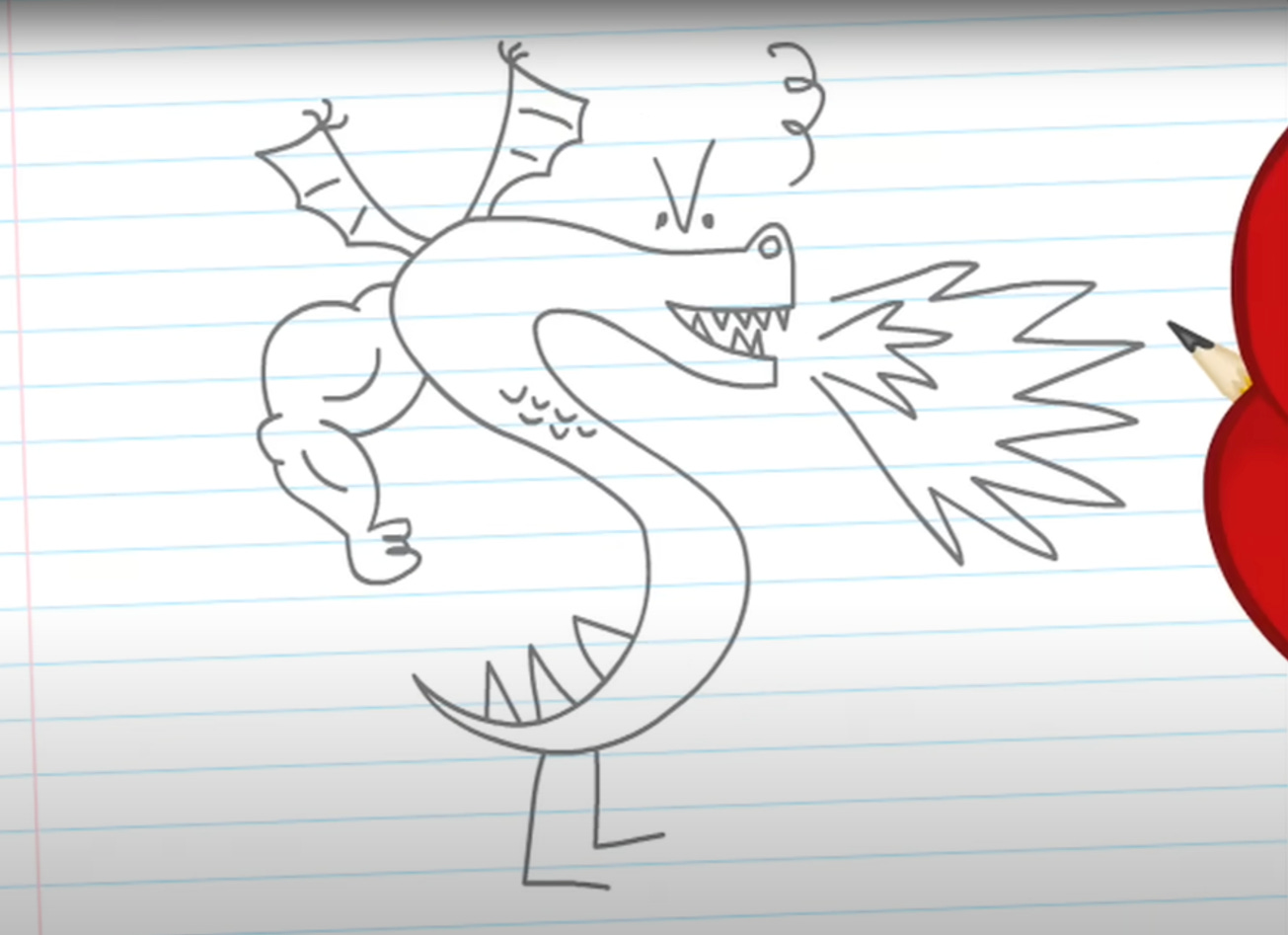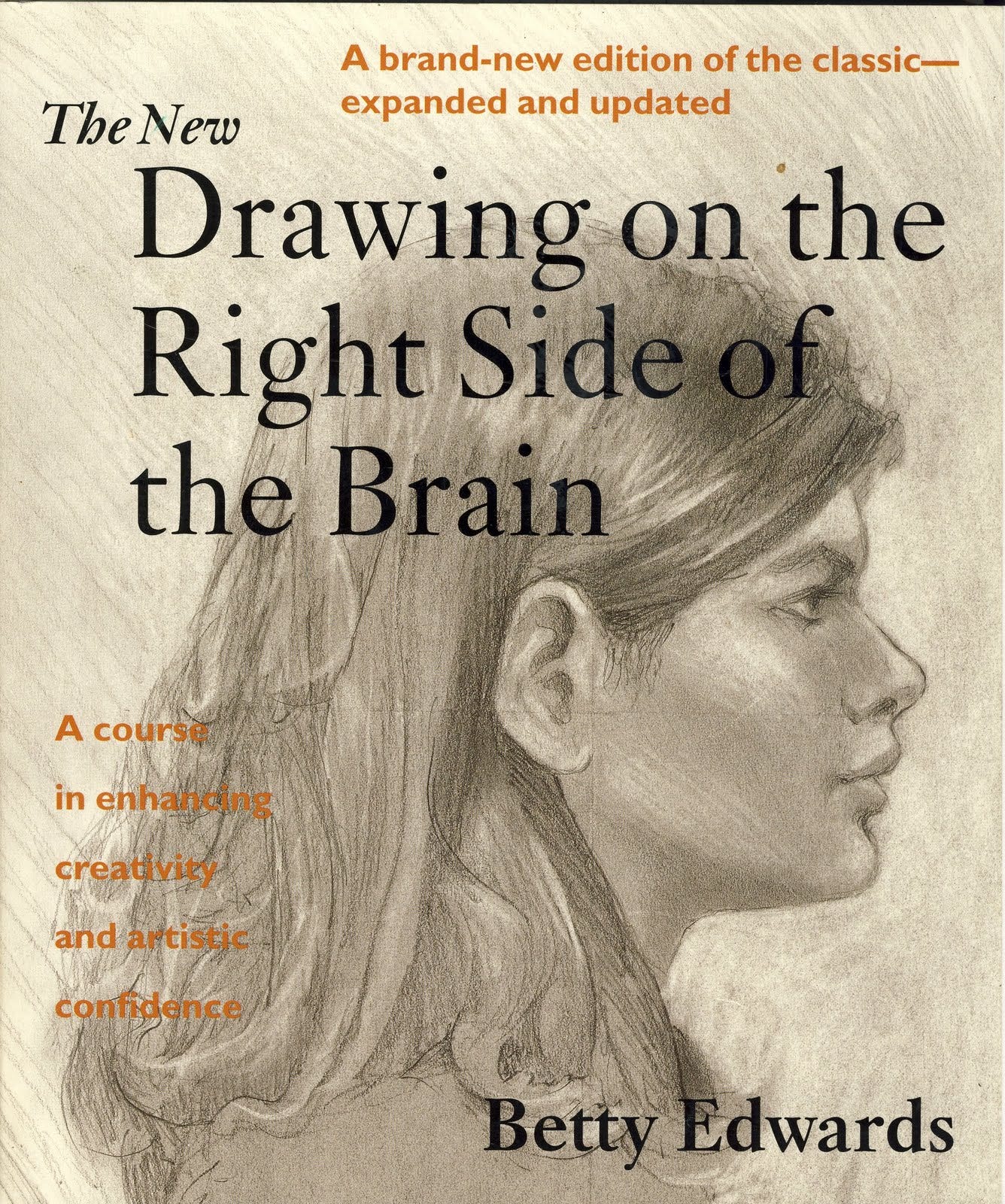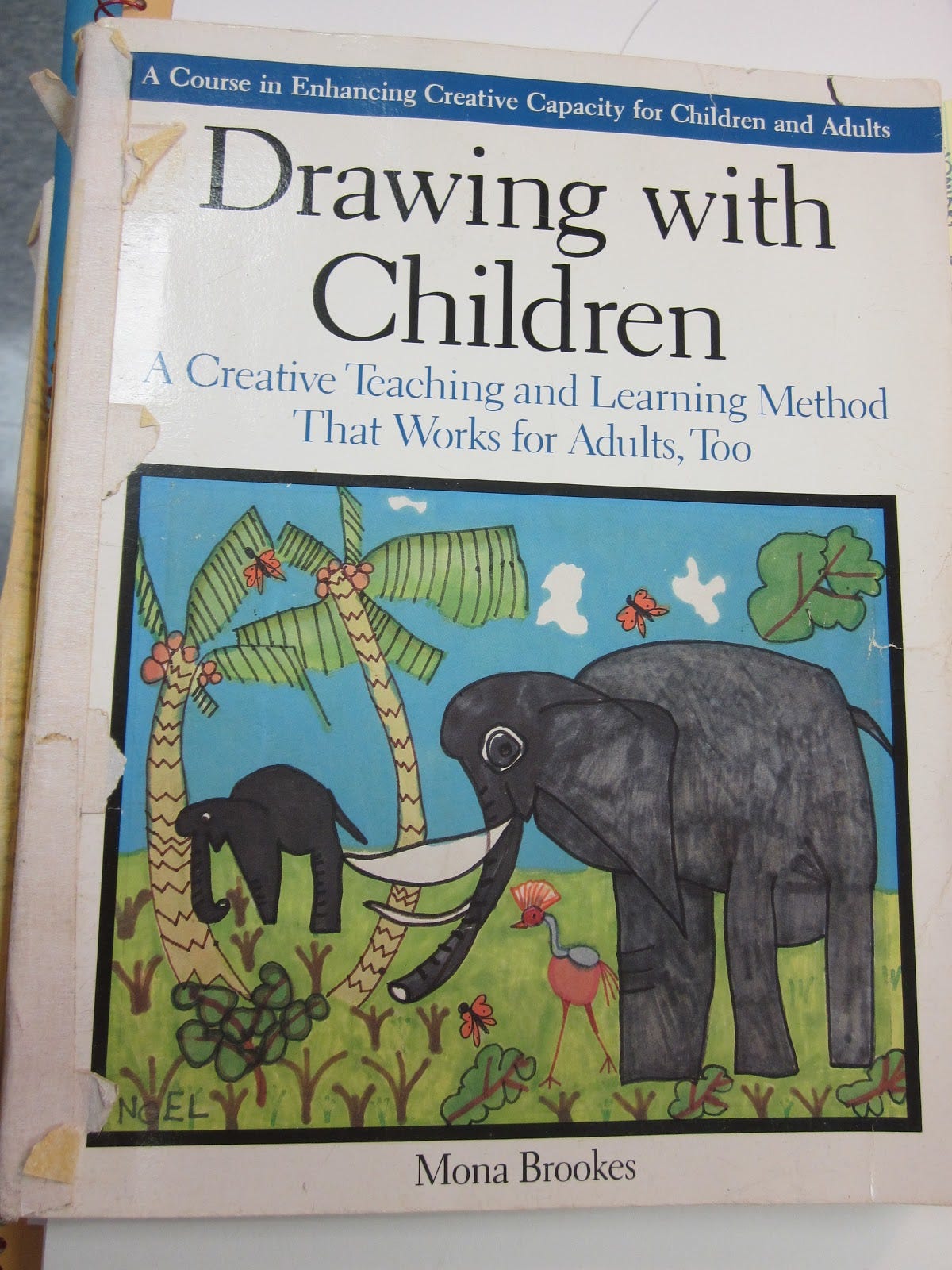1. A problem
When asked about their artistic abilities, most of us respond “I’m just not a good draw-er!” But if you’re a human, you can become quite good at drawing — and love it.
2. Basic plan
Start with doodles: drawing pictures that don’t even try to look grown-up. Slowly introduce a diverse swath of styles, sacrificing fanciness for fun. Help students fall in love with just putting onto paper the things they see around them.
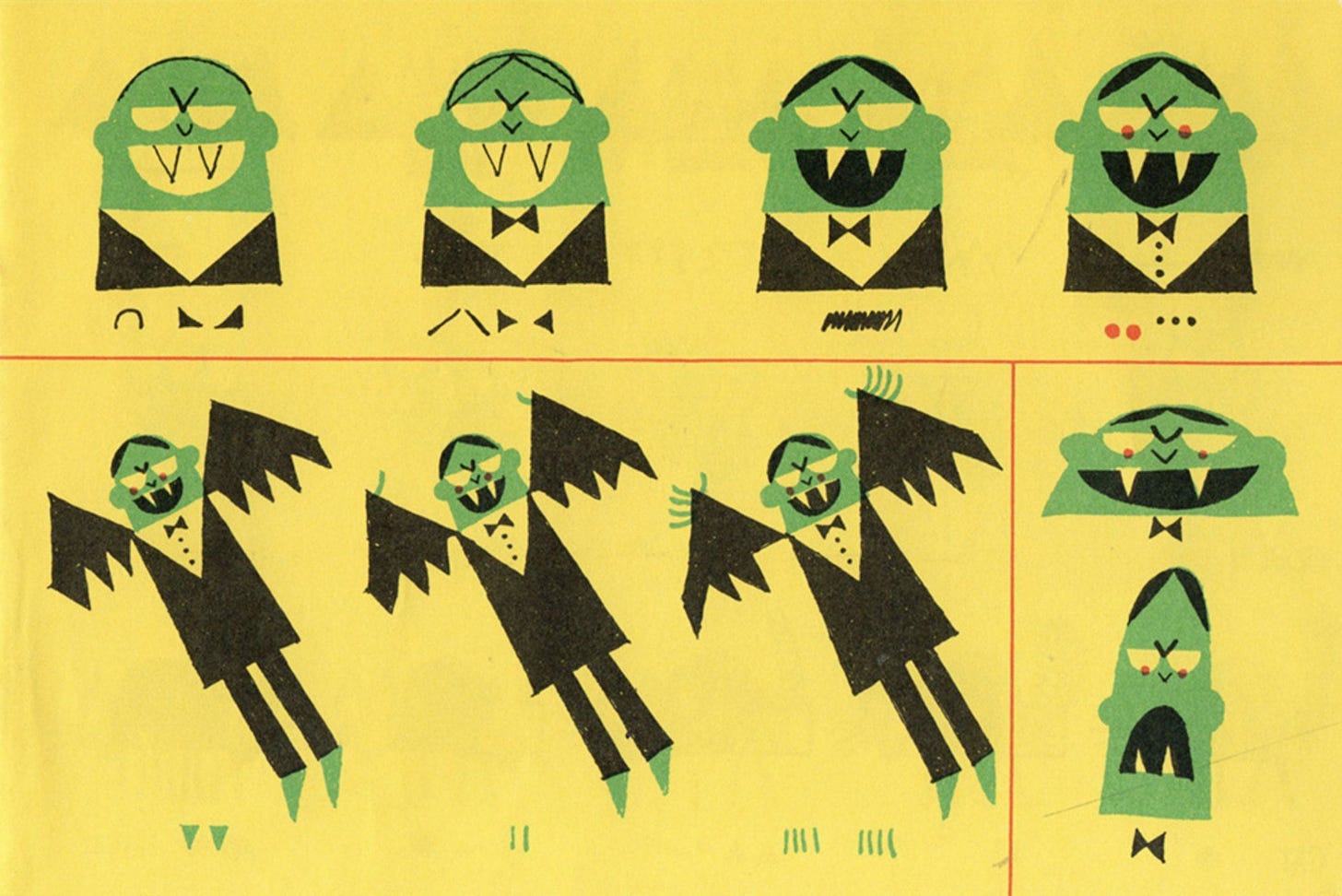
3. What you might see
Really, just kids drawing a lot. Kids being challenged to draw stuff, and being shown cool tricks that other people have figured out.
You might see Ed Emberley book scattered around the room:
Later, you might see students following those step-by-step Lee J. Ames books (Draw 50 Animals. Draw 50 Vehicles. Draw 50 Flowers, Trees, and Other Plants. Draw 50 Sea Creatures… Dude knew how to title a book!1)
You might see kids pouring over how Randall Munroe (he of xkcd.com) has turned stick figures into a subtle art.
And you might see a teacher daring a class to draw a single object — say, a fire hydrant — in a dozen different styles.
4. Why?
Drawing isn’t a mere add-on to education. To draw is to pay attention to what something really is — and so is near the core of what it means to “educate” our kids. It’s also a way to pay attention to how we feel about what we’re drawing — which also puts it near the core of “education”!
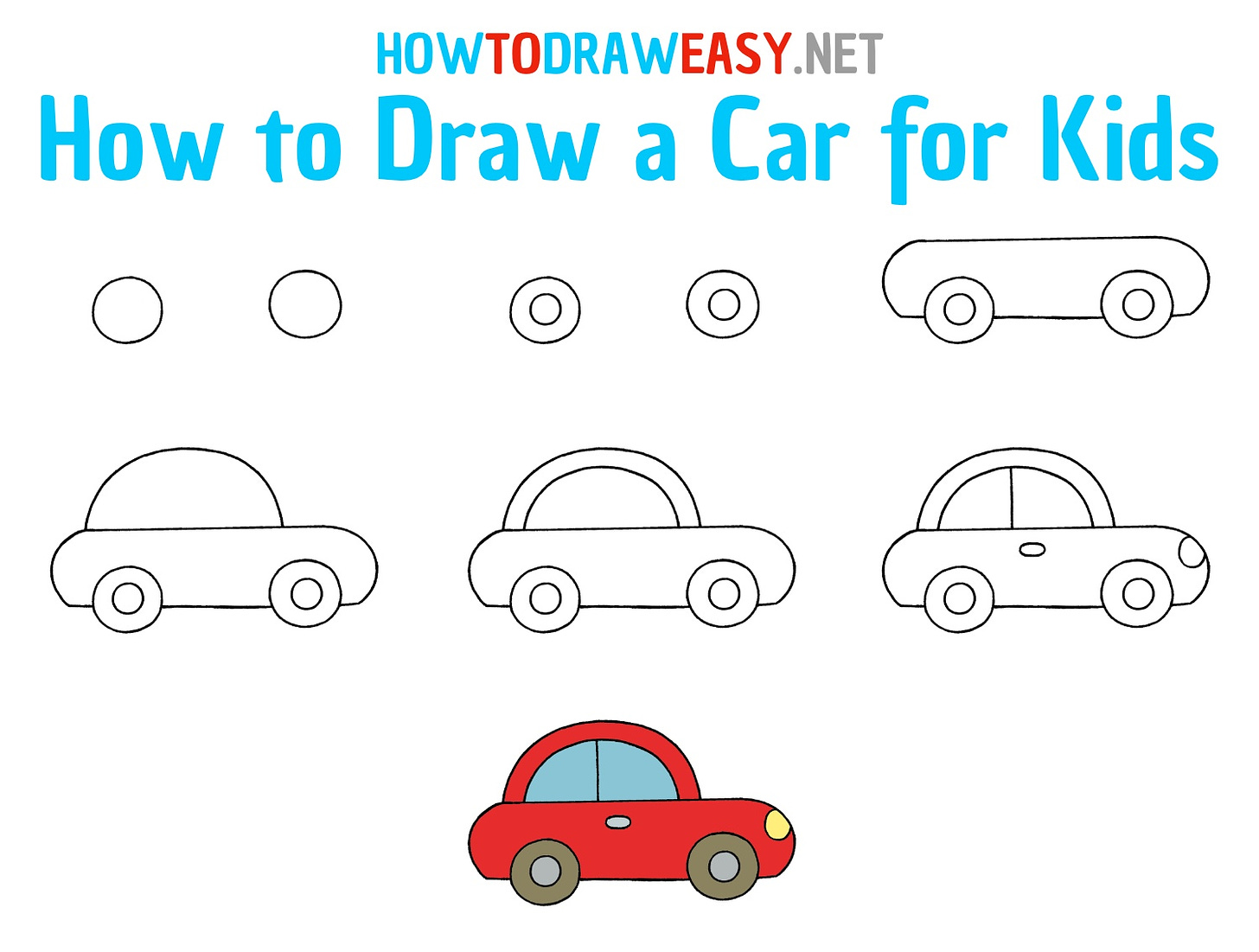
5. Egan’s insight
Where do we see this in the human experience?
This traces the beginning of how humans started drawing. Art began in doodles:
Even as it progressed, it still looked cartoony:
Only later did we develop fancy drawing — three-dimensional perspective, portraits that actually looked like people, and so on. We needn’t rush to realism.
How might this build different kinds of understanding?
Wow — I feel like there’s something here, but I can’t put my finger on it. Probably this flows from how I struggle to apply Egan’s different kinds of understanding to the visual arts.
It was a revelation recently to hear part of the origin of Egan’s ideas. The tl;dr — he realized that something fishy was going on in the invention of “history” among the ancient Greeks:
around 700 BC, Hesiod wrote out their stories of gods: MYTHIC (🧙♂️)
300 years later, Herodotus wrote a book of the war against Persia with heroes and villains and a whoa-ain’t-this-cool approach to describing the world: ROMANTIC (🦹♂️)2
immediately afterwards, Thucydides rebelled against that and wrote a systematic, dispassionate approach to describing the civil war the Greeks had just fought against themselves: PHILOSOPHIC (👩🔬)
So maybe Egan’s whole system is hobbled by its origins in history! Maybe this just doesn’t apply to art!
Maybe. Yet it works pretty danged well in math and science, and it really feels like there’s something here with art. Cave art feels so obviously MYTHIC (🧙♂️), expressionism so ROMANTIC (🦹♂️), classical oil painting so PHILOSOPHIC (👩🔬), and cubism so IRONIC (😏). (What do these weird emoji mean?)
But I don’t know. I invite any Egan scholars who are reading this to jump in and geek out.
6. This might be especially useful for…
Anyone who’s run across the “how to draw” section in a bookstore or library, and thought if only I had the time to do that! (Because if you don’t have the time to practice drawing hundreds of cool pictures in elementary school, when will you have time?)
7. Critical questions
Q: “If you’re a human, you can become quite good at drawing — and love it”? Citation needed!
I understand that in Japan, it’s normal to be skilled at drawing: the culture just assumes it, and supports it. (If anyone knows more about Japan than I do — which is probably 70% of you — would you mind supporting or critiquing this claim?)
Q: But surely drawing skill is connected to genetics.
Look: in America, we don’t teach kids how to draw! It’s only the odd few that happen to fall in love with it and put in the hundreds of hours to get good.
And presumably genes are helpful for having that passion — but if you can gin up the passion another way, you can open the skill to everyone. Genetics are helpful for drawing skill, but not necessary: this is one of those situations where we can cultivate a culture that overcomes genes.
(And Egan would say that probably lots of other subjects — music and history and science and even math — work much the same way. This is part of why I think something like Egan education is one key to changing the world.)
Yeah, I went there. Wanna fight? Let’s! Subscribe and join in the comments conversation.
Q: My kid doesn’t like doodles, or cartoons, or any of the other stuff you mentioned here. When it comes to drawing, they like ______.
Great — then find ways to help them do more of that! This whole pattern boils down to “get kids drawing a lot, it doesn’t much matter how”.
8. Physical space
At home
Stock your home with cheap paper. Some of my happiest memories as a kid are doodling dinosaurs on reams that my dad brought home from the office; that they had boring computer information printed on one side improved them by removing any pretensions that I’d get a drawing “right”.
In a classroom
Put a few drawing books on display. (Poke around Thriftbooks.com’s selection of cheap drawing books for kids, and pick up a few that would appeal to different kids in your classroom.)
9. Who else is doing this?
So many wonderful art-minded people are doing the opposite of this. And for a long time, I tried to be one of them.
When my wife and I opened a microschool in our apartment, I was going through one of my recurring bouts of falling in love with Betty Edward’s classic Drawing on the Right Side of the Brain, which teaches you the subtle art of drawing what you actually see. “How wonderful,” I thought, “if children began their education with this skill!”
The kids hated it (and were terrible at it besides). I kept finding ways of making it easier before I realized, wait, this method is much more amazing if you already love drawing, let’s focus on that.
There are specifically young-kid oriented approaches. Mona Brookes’ method focuses on honing the elements of drawing — dots, circles, straight lines, curved lines, and angles — to demystify what artists do.
I’ll admit that I was excited to understand her method, but after a few valiant efforts to read the book, found myself unable to say what one should do. (If you’ve figured this out, please tell us in the comments — a lot of us would find it useful.)
Better, I think, to eschew any fancy methods for kids, and help them easily draw the things they want to draw!
How might we start small, now?
Hop on over to the children’s section at the library and look for their drawing books. Choose a few that make your heart beat faster. Go home, and pull out a sheet of paper.
10. Related patterns
This is one of our foundational art patterns, and gins up the excitement that’ll fuel Drawing in 3D° (July 19) and Drawing What You See°.
Afterword:
I put up a new page — with its own clickable link from the homepage — for our book clubs! The next one:
HISTORY
Saturday, May 4
Big Q: What would the greatest history curriculum EVER look like?
3pm Eastern Daylight / 12pm Pacific Daylight
Readings: Big History°, Spiral History°, and (optionally) a paper I presented on Big Spiral History
Also, draw.
Whoa, I just realized that the plot of the Zach Snyder film The 300 comes from Herodotus. If that ain’t fitting, I don’t know what is.




